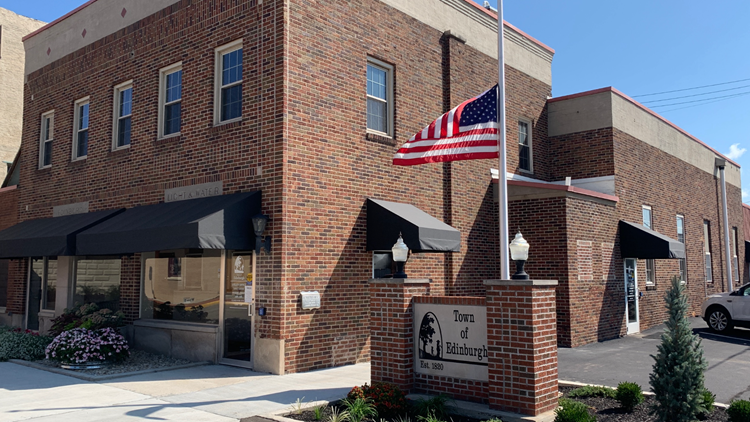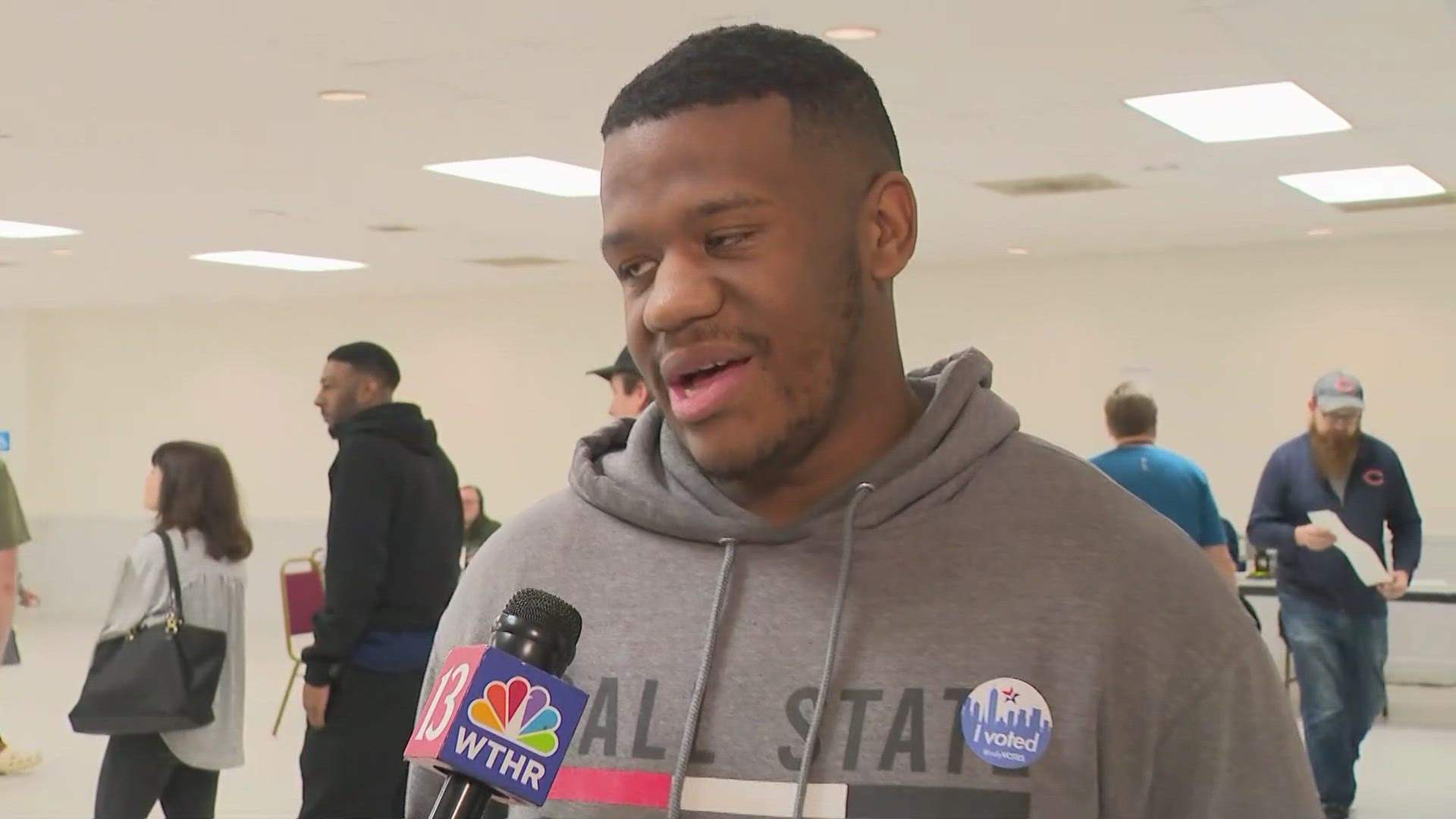INDIANAPOLIS — The pandemic has spun off a number of curve balls, from missing workers, to supply change disruptions and angry school board confrontations over masking, but if you're a Hoosier mayor or city council member, well, grab your shades because the future is bright.
That's because the Democratic-controlled Congress passed and President Biden signed the American Rescue Act, bringing more than $4 billion in federal emergency funds to the state, including $1.28 billion for cities and towns.
The money is significant: Anderson will get $23,105,605; Carmel, $7,522,920; Columbus, $8,570,495; East Chicago, $31,172,909; Elkhart, $18,042,360; Evansville, $64,483,775; Fishers, $6,900,880; Gary, $80,345,314; Goshen, $6,692,508; Hammond, $51,395,851; Indianapolis, $232,410,707; Kokomo, $19,893,216; Mishawaka, $11,883,602; New Albany, $16,927,916; Noblesville, $6,212,841; South Bend, $58,910,047; and Terre Haute, $35,936,890.
Over the summer and fall, mayors and city councils have steadily developed plans to implement the funding. Whiting is investing in a new water main. South Bend is investing in pre-K and community centers, providing relief for residents behind on their water bills, fund demolitions of vacant commercial buildings that pose imminent safety risks. Indianapolis is putting more than $400 million in public safety. Hammond is spending on lead remediation and "shovel ready" infrastructure projects.
And this is before Indiana begins doling out $500 million in READI grants for regional projects, with ARP funds available for municipal matching grants.
"For the most part, cities and towns have fared quite well," said Matt Greller, Accelerating Indiana Municipalies CEO. "Indiana's fiscally conservative nature, regardless of what kind of politics is behind your name, is paying off. Cities and towns are well positioned."
Greller has emphasized to its member cities and towns that all of this federal money "is a one-time shot" and urged General Assembly members who are preparing to roll back the 30% business property tax not to "over react" with tax cuts. Greller had been concerned about a lag in 2022 income tax revenue, "But that's been more than offset by the federal government."
While Indiana's metros above 50,000 population have received ARP funds directly from the federal government, those under that population threshold receive funds from the state. "They're working with the Indiana Finance Authority, which has walked them through the process," Greller said, noting that 98% of these communities have received funding.
ARP offers considerable freedom regarding spending abilities, outlining four broad categories of eligible expenditures: To respond to the public health emergency and its economic impacts; To replace lost government revenue, to the extent attributable to the pandemic; To respond to workers performing essential work; To invest in water, sewer, and broadband infrastructure. It also provides special guidelines for qualified Census tracts and disproportionately harmed communities.
According to the Brookings Institute, "State lawmakers are leveraging a major portion of the state's ARP funding to tackle regional inclusion at a truly meaningful scale through a $500 million grant program supporting 10 regions across the state. This new program is informed by various Indiana precedents, beginning with the Lilly Endowment’s Strategic Community Advancement Initiatives, which have operated since 2007, and the state’s 2015 Regional Cities Initiative."
In his State of the State address last January, Gov. Eric Holcomb's proposed Next Level Regional Recovery program aimed at helping Indiana regions .
Initially, the Next Level grant program was funded at $150 million. By the time the budget deal was finalized in mid-April, the program had been renamed the Regional Economic Acceleration and Development Initiative (READI), and its budget boosted to $500 million, all of it funded by ARP.
"We will begin to invest new dollars into a new Next Level Regional Recovery program," Holcomb said in his State of the State address. "The IEDC will work with regions that collaborate to develop strategies designed to improve quality of place, advance industry sector development, and grow workforce development initiatives among regions, educators, employers, and our state's workforce."
All 92 counties have submitted applications for READI grants from 17 regions, totaling more than $1 billion.
Greller noted that guidance from the Treasury Department is not final on how ARP funds can be used. "That's causing a bit of concern," he said. "Most of these communities are taking a very methodical, conservative approach."
Indiana's Republican congressional delegation did not support ARP, with U.S. Sen. Todd Young saying that just about 10% of the plan covered pandemic relief. "I think we're trustees of the taxpayers dollars, and maybe I'm old fashioned, but you know what, most Hoosiers agree with me," Young said. "We need targeted packages. And people work hard for their money so I'm not here to waste money, I'm here to support all the priorities Hoosiers want."
Indiana Democrats see Young as a born again deficit hawk, noting that he supported spending under former President Trump that resulted in $7.8 trillion in additional national debt, with budget deficits more than $1 trillion.
Greller noted that Indiana mayors and council members "have always done a good job of staying out of the political fray."
"I've never been more impressed by Indiana local leaders putting aside the political talk," Greller said. "Most officials have never seen this level of investment from Congress."
The columnist is publisher of Howey Politics Indiana at www.howeypolitics.com. Find Howey on Facebook and Twitter @hwypol.



